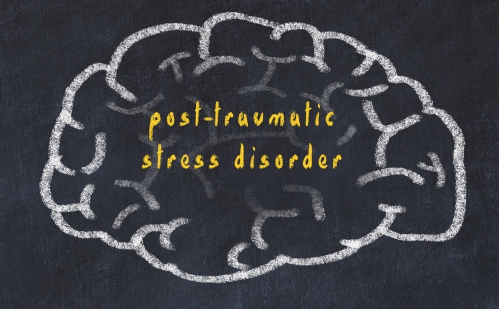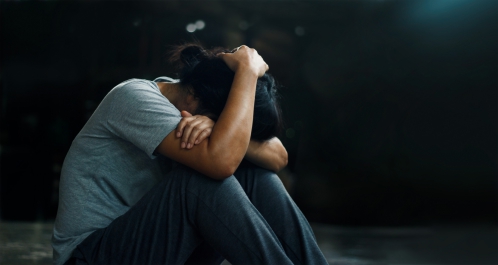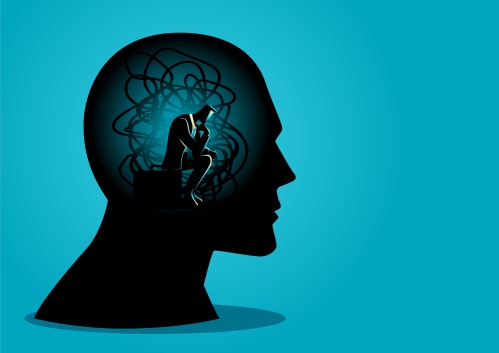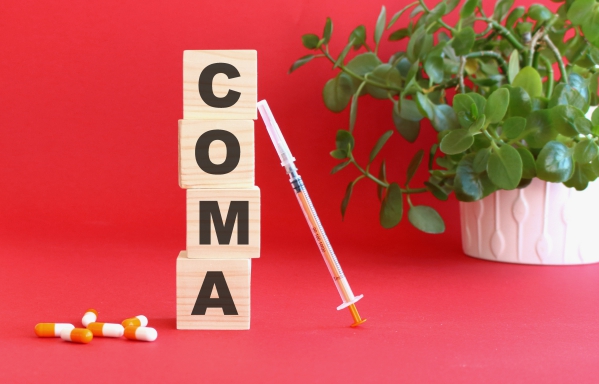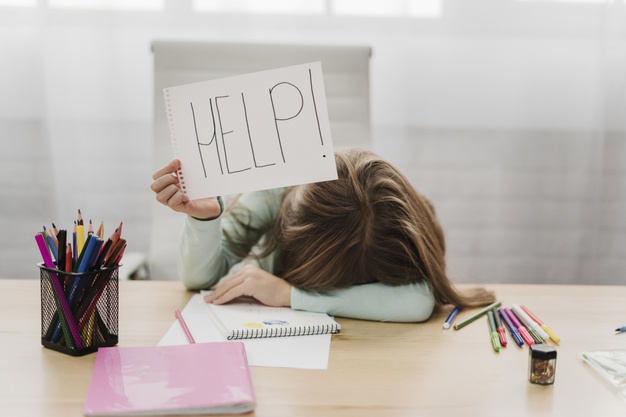Post-Traumatic Stress Disorder, PTSD, Trauma, Mental disorder, Stress
Description : Post-traumatic stress disorder (PTSD) is a mental health issue that arises when you have
Article Details :
What is post-traumatic stress disorder?
Post-traumatic stress disorder (PTSD) is a mental health issue that arises when you have experienced or witnessed a very troubling situation. This result in symptoms such as severe anxiety, nightmares, behavioural changes and flashbacks. Everyone may have a bad experience in life. However, the effects caused by it is usually temporary. In PTSD, these symptoms may persist for months or even years which affects your activities of daily living. Examples of situations that may result in PTSD include serious car accidents, warfare, sexual assault and child abuse amongst others.
In the United States, as many as 60% of men and 50% of women experience a traumatic event in their lifetime. However, most of them will not develop PTSD. Around 8% of these people may develop PTSD. In addition, it is more common in women than in men.
What are the causes and risk factors of post-traumatic stress disorder?
PTSD mainly occurs when you have experienced or witnessed a life-threatening condition or a troubling situation. Among these people, not everyone will develop PTSD. However, there are some factors which may increase your risk of developing PTSD and these include:
- Stressful experiences: The more severe and troubling the situation is, the more at risk of developing PTSD you are.
- Family history of mental issues: Having a parent, sibling or yourself affected by mental problems such as anxiety or depression, increases your risk of developing PTSD.
- Sex: Women are more at risk of developing PTSD than men.
- History of traumatic exposure: If you have experience or witness a traumatic event in the past, increases your risk of developing PTSD.
- Lower socioeconomic status: People in this category often experience more hardships and troubling situations which make them more prone to develop PTSD.
- Less education or lower intelligence: Having less education may increase your risk of developing PTSD as you may lack some useful skills or knowledge about how to cope with these kind of situations.
- A difficult childhood: Having a difficult childhood whether it be due to the divorce of your parents, loss of a parent or child abuse, increases your risk of developing PTSD.
- Dissociation at the time of the traumatic event.
- Palpitations right after the traumatic event.
- Having financial problems.
- Lack of social support: People who do not have support from family members or friends are at increased risk of developing PTSD.
- Substance abuse: Taking illicit substances or drugs increases your risk of developing PTSD.
- Alcohol abuse
Examples of events which may result in PTSD include:
- Plane crash
- Serious car accident
- Warfare exposure
- Child abuse
- Sexual assault
- Physical assault
- Kidnapping
- Fire
- Natural disasters
- Mugging
- Robbery
- Torture
- Terrorist attack
- Serious medical diagnosis
What are the signs and symptoms of post-traumatic stress disorder?
The signs and symptoms of PTSD may occur after 1 month of the event but can also occur after some years. The signs and symptoms may be grouped into avoidance, intrusive memories, negative changes in your thinking & mood and changes in emotional & physical reactions.
Avoidance
Symptoms of avoidance include:
- Attempting to avoid talking or thinking about the traumatic event.
- Avoiding activities, people or places which may remind you of the traumatic event.
Intrusive memories
Symptoms of intrusive memories include:
- Nightmares about the traumatic event.
- Reliving the traumatic event (Flashbacks).
- Severe physical reactions or emotional distress whenever you think about the traumatic event.
Negative changes in mood and thinking
Symptoms of negative changes in mood and thinking include:
- Negative thoughts about the world or yourself.
- Relationship problems.
- A sense of hopelessness.
- Feeling a distance between friends and family.
- Lack of interest in activities or things you once enjoyed.
- Emotionally numb
- Difficulty experiencing positive emotions.
- Suicidal thoughts.
Changes in emotional and physical reactions
Symptoms of changes in emotional and physical reactions include:
- Always being on guard for danger.
- Difficulty to find sleep.
- Being easily frightened or startled.
- Alcohol abuse.
- Substance abuse.
- Reckless driving.
- Difficulty to concentrate.
- Aggressive behaviour or irritability.
- Excessive guilt or shame.

